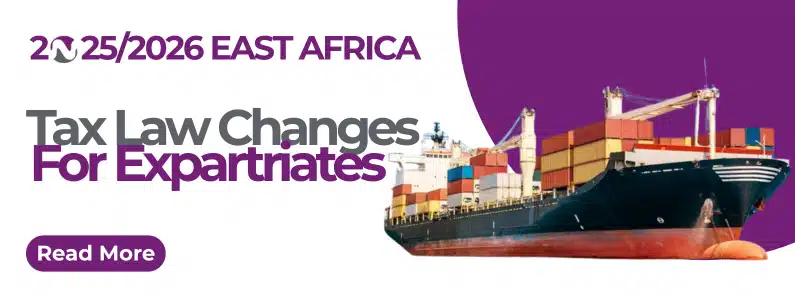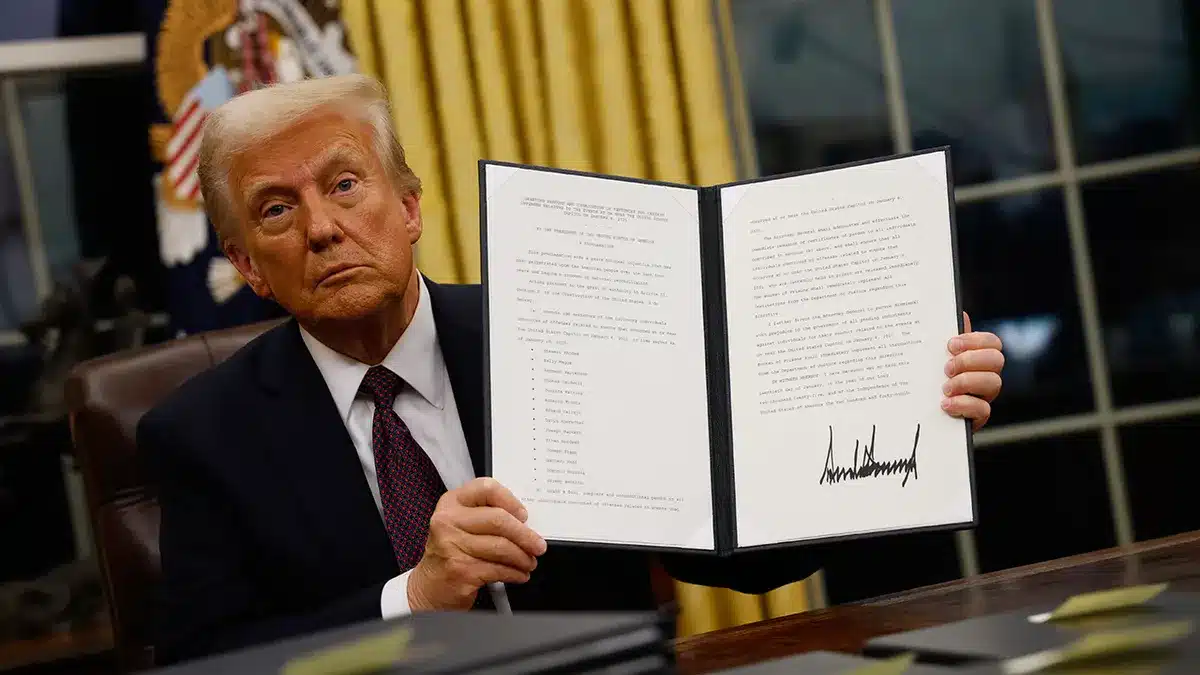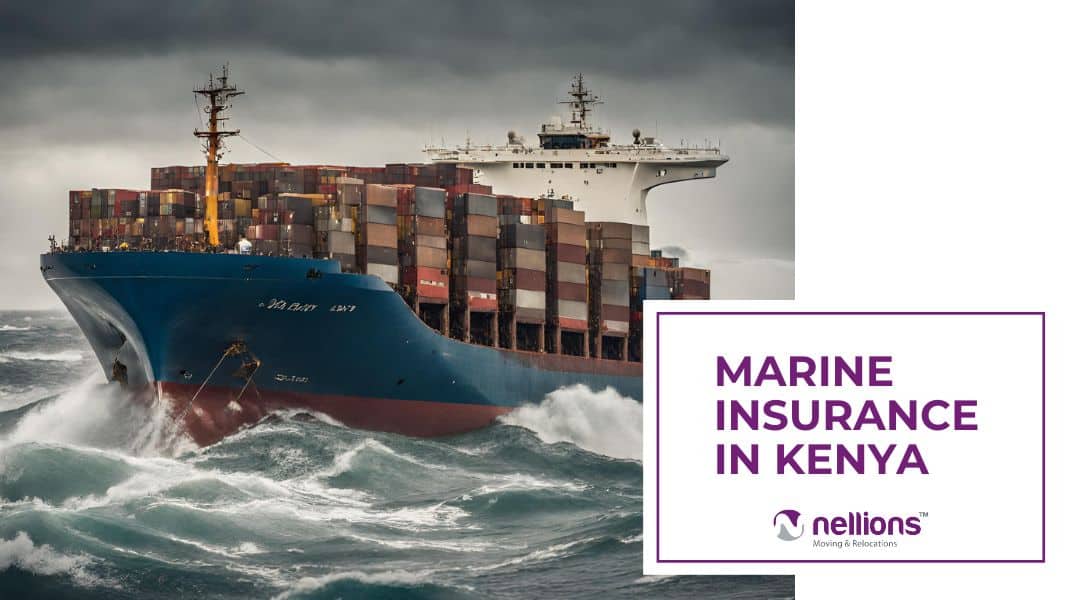Introduction
In March 2021, the world was captivated by a maritime crisis that unfolded in the Suez Canal, one of the most vital waterways connecting the Mediterranean Sea to the Red Sea. The crisis centered around the blocking of the canal by the Ever Given, a massive container ship that became lodged sideways, disrupting global trade and sending shockwaves through the shipping industry. This incident highlighted the fragility of our interconnected global supply chains and the importance of strategic waterways for international commerce.
The Suez Canal
The Suez Canal, a historic engineering marvel, has been a critical conduit for global trade since it opened in 1869. Connecting the Mediterranean Sea to the Red Sea, the canal drastically reduces the travel distance between Europe and Asia, providing a crucial shortcut for maritime transportation. Approximately 12% of global trade passes through the Suez Canal, making it a linchpin for the movement of goods, including oil and natural gas.
The Ever Given Incident
On March 23, 2021, the Ever Given, a Panama-flagged container ship operated by the Evergreen Marine Corporation, ran aground in the southern part of the Suez Canal. The vessel, one of the largest container ships globally, became lodged sideways, blocking the entire width of the canal. Efforts to dislodge the ship proved challenging, and the canal’s closure led to a traffic jam of hundreds of vessels on either side, disrupting a significant portion of global trade.
Impact on Global Trade
The Suez Canal crisis had a cascading effect on the global economy. The blockage disrupted the flow of goods, delayed shipments, and created a backlog of vessels waiting to traverse the canal. This had a particularly pronounced impact on industries relying on just-in-time inventory systems, such as manufacturing and automotive sectors. The price volatility of goods, especially in energy markets due to delays in oil shipments, added another layer of complexity to the crisis.
The Response
The international community rallied to address the crisis, deploying tugboats, dredgers, and excavators to remove sediment around the ship’s bow and stern. Salvage teams worked tirelessly to refloat the Ever Given and reopen the canal. After six days of intense efforts, the vessel was successfully freed on March 29, 2021. The reopening of the Suez Canal allowed maritime traffic to resume, alleviating concerns about prolonged disruptions to global supply chains.
Lessons Learned
The Suez Canal crisis prompted a reevaluation of the vulnerabilities in global supply chains and the reliance on certain key transit points. Companies and governments began considering contingency plans and alternative routes to mitigate the impact of potential future disruptions. The incident also underscored the importance of technological advancements, such as satellite navigation systems and improved vessel design, in preventing and addressing maritime incidents.
Conclusion
The Suez Canal crisis served as a wake-up call for the global community, highlighting the fragility of our interconnected supply chains and the susceptibility of major maritime routes to disruption. As we navigate an increasingly complex and interdependent world, the incident in the Suez Canal serves as a reminder of the need for resilience, adaptability, and international cooperation in ensuring the smooth flow of goods across the globe.









